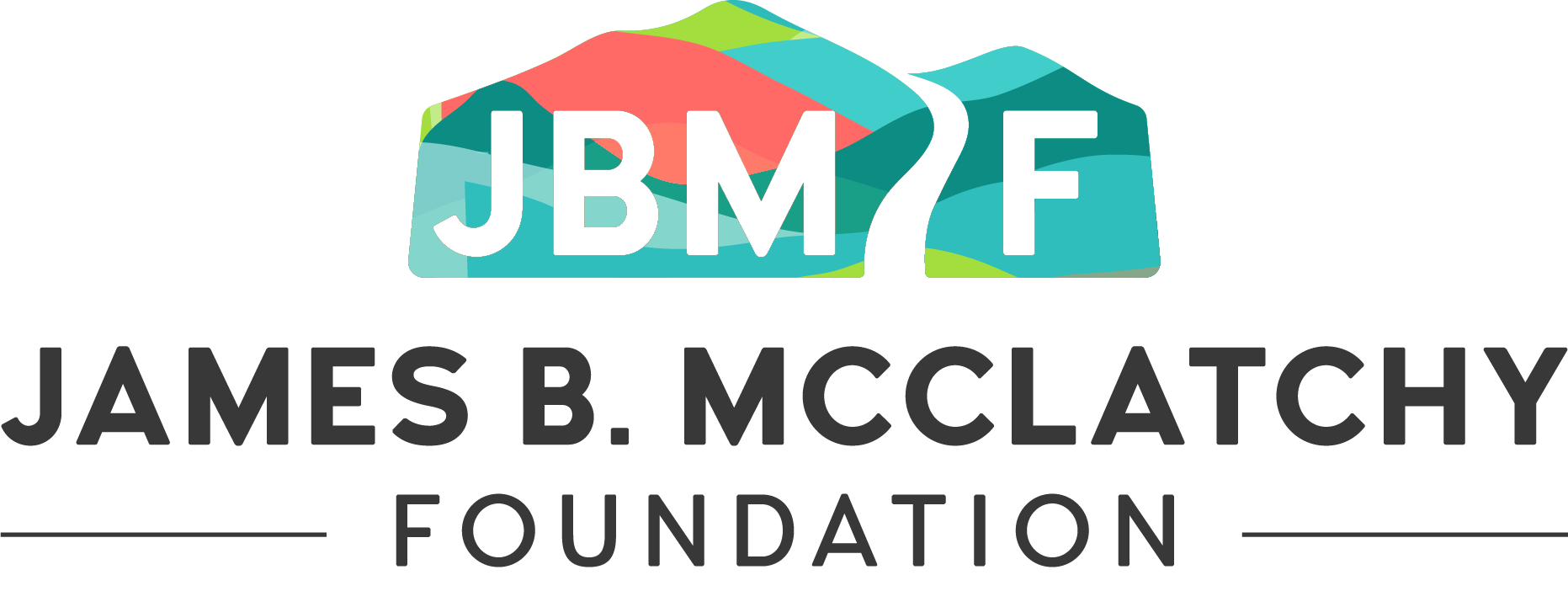When the COVID-19 pandemic struck the United States in early March 2020, the James B. McClatchy Foundation was in the midst of hosting roundtables to better understand our community in California’s Central Valley and the organizations serving it. While many foundations engage in this process, we believe these conversations are critical to the impact of our work, as it helps us understand what is happening in our community while building relationships and trust with key partners.
Even as COVID-19 case numbers began to rise and shutdowns were announced, our new chief impact officer, Misty Avila, was deep in the field, hosting meetings with community leaders. As the foundation’s CEO, I felt responsible for her safety in the face of this new public health threat; after a few moments of wrestling with what to do next, I called her and asked her to cancel her appointments and return home.
It soon became clear that this crisis would directly affect our work and our lives. We paused our community roundtables. Rather than just shifting in-person meetings to virtual ones and continuing with our plan, we took a moment to recognize how this global event was impacting the communities we cared about. At the end of March, we convened our community of grassroots leaders and sincerely asked the only question that really mattered: “How are you doing?” I look back at that defining moment as the cornerstone of our work.
At that meeting, one of the leaders shared that by standing in a food line with a client, he was also able to do some census outreach. This act of caring, combined with activism in that same moment, helped me to gain a deeper understanding of what “grassroots” activism means. It means acting on an unselfish drive to seek out opportunities, even in grim conditions, to improve people’s lives, because the future matters. While this leader was helping an elder navigate an unfathomable crisis, he also saw a future in which an accurate census count could help that elder.
And as funders, we need to act in a similar fashion. While much has been written about philanthropy and its disconnect from the community or being rooted in colonialism, we ourselves must now act to give visibility to philanthropy’s vulnerabilities. That is very hard in philanthropy, which is rooted in an abundance of resources. By this, I mean that foundation CEOs, staff, and boards need to value grassroots work as transformational and see the people behind grassroots efforts as leaders. Otherwise, our grants in support of grassroots programs support only the programs and not the organization and the people in truly transformational ways—and this will only perpetuate the problem.
Taking that a step further, philanthropy is missing a moment of great opportunity in being slow to see the next generation of leaders taking shape. Many of us funders continue to fund grassroots nonprofits of all sizes that have neither diversified nor addressed succession planning, both at the staff and board levels. We just fund their programs. If we continue to allow the nonprofit pipeline to narrow, how can this sector be sustainable? By shaping the sector strictly through its grantmaking, philanthropy has created this nonprofit infrastructure problem. We need to fix it now; otherwise we will miss the opportunity completely. We cannot afford to lose the next generation—especially the next generation of Black, Indigenous, and people of color (BIPOC) leaders ready to take the helm—which will further weaken the sector.
Fast forward to a post-pandemic world, philanthropic organizations, like everyone else, may find itself inadvertently seeking to go back to “the way it was.” My fear is that the vulnerability we all felt during the pandemic and what we learned about the people behind grassroots programs may be fast forgotten. But my hope is that our experience over the last two years will infuse a new and just view on how philanthropy can be a true partner and walk alongside the grassroots leaders we support. Together, we can forge the future by resourcing a vision for next-generation leaders who build a stronger, and sustainable, grassroots nonprofit infrastructure.
Originally posted in Philanthropy News Digest


